Searching for the missing matter in the universe!
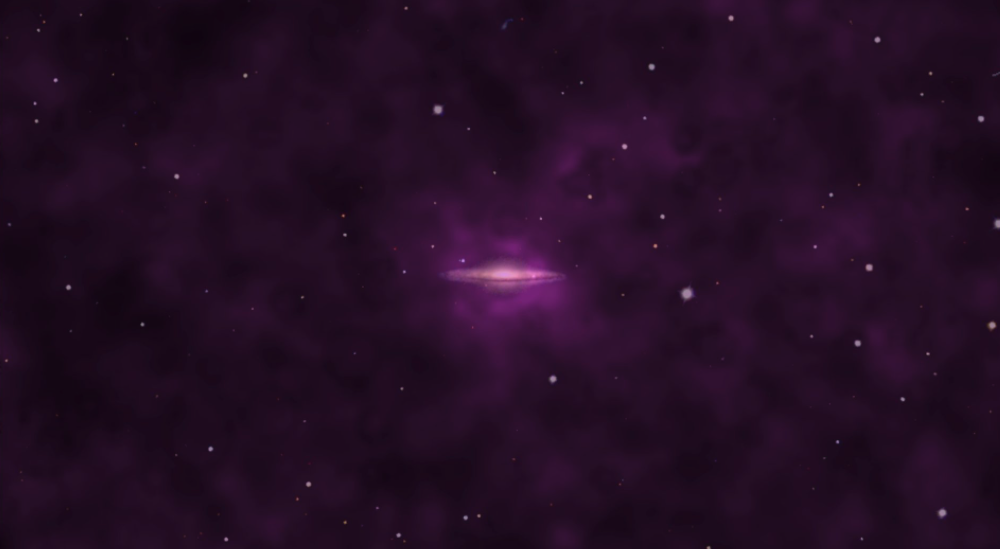
In a recent study, astronomers used ESA’s XMM-Newton X-ray telescope to observe six spiral galaxies, in an attempt to uncover the missing matter in the universe.

In a recent study, astronomers used ESA’s XMM-Newton X-ray telescope to observe six spiral galaxies, in an attempt to uncover the missing matter in the universe.

The last twenty years astronomers are searching for evidence to support a theory that claims that thousands of black holes surround supermassive black holes (SMBHs) at the centre of galaxies. Now a team of researchers at the Columbia University found this long awaited evidence!!
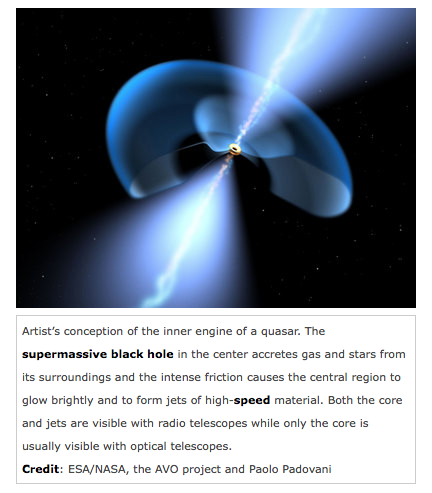
QSOs are the brightest, long-lived, objects in the universe. The most distant of them can provide us with a wealth of information regarding the mechanisms that create black holes as well as put constraints on the cosmological model. Recently, astronomers observed the most distant QSO that has ever been detected, in X-rays!
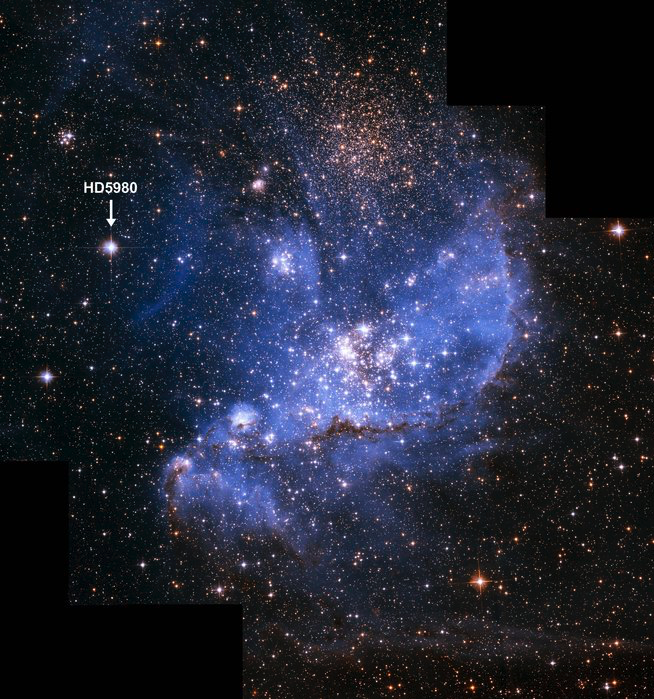
Massive stars are several times larger than our Sun. Due to their large mass, they burn their nuclear fuel rapidly and explode, ejecting large amount of material via what are called stellar winds. Astronomers now observed a pair of massive stars that its stellar winds get brighter instead of dimming!!

A neutron star merger puzzles astronomers since it continues to brighten, months after it was first observed!!
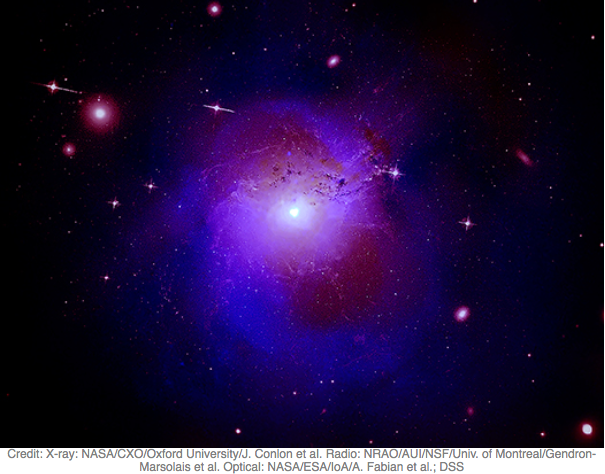
Astronomers re-analysed X-ray data from the Perseus galaxy cluster and their findings may shed light on the nature of the mysterious, invisible dark matter that makes up about 85% of the matter in our Universe.
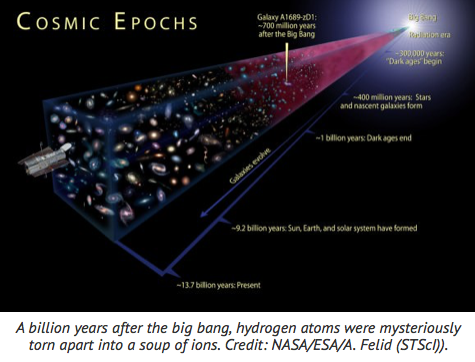
Astronomers observed the most distant Supermassive Black Hole (SMBH) ever detected! The SMBH weighs about 800 million times the mass of the Sun and is located more than 13 billion light years from Earth, i.e., it was formed only 690 million years after the Big Bang!
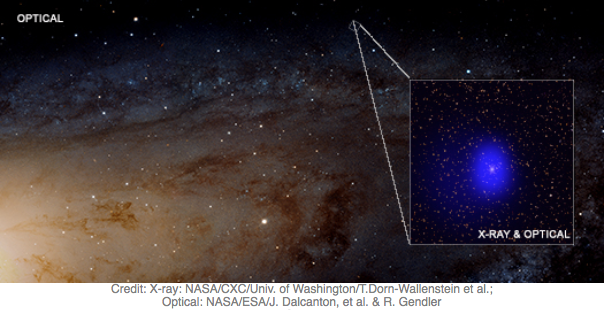
Astronomers used X-ray and optical observations to find out that a previously detected source is actually much more interesting than what was initially thought!!

When a star passes close to a black hole (BH), the enormous gravitational force of the BH pulls the stellar material. This phenomenon is called “stelar tidal disruption”. During this process an immense amount of energy is released and the surroundings of the BH are brightened in an event called a flare. These flares contain high-energy radiation, including ultraviolet and X-ray light, that destroys any dust up to a radius around the black hole. It is like the BH uses these flares to clean its room!

Using a machine learning technique, astronomers from the National Observatory of Athens, estimated distances for about 90,000 X-ray galaxies!